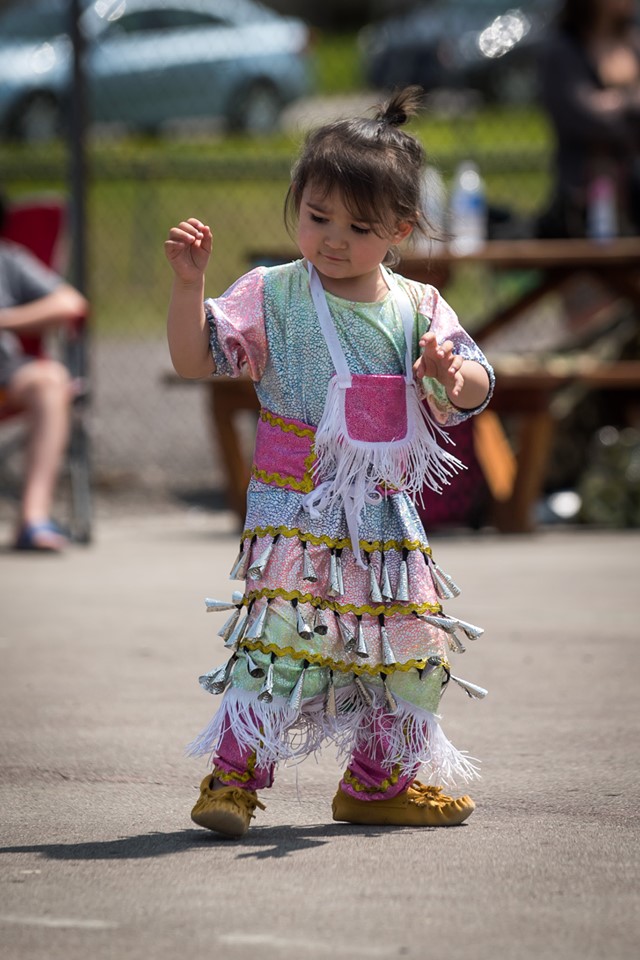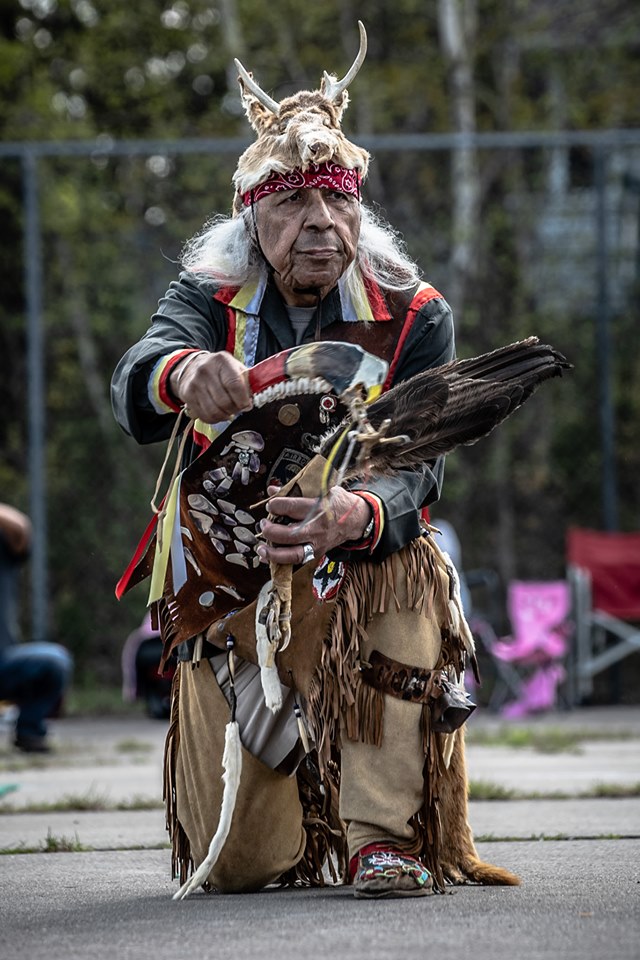Learn About
PLFN
About National Day for Truth & Reconciliation
September 30th is recognized as the National Day for Truth & Reconciliation in Canada. The significance of this holiday, is to honour, learn and unlearn about Canada’s dark history with Indigenous people from coast to coast. This includes honouring the innocent children lost and survivors during Canada’s century-long rule of the residential school system. The National Day for Truth & Reconciliation also shines a spotlight on the 94 calls to action from the Truth and Reconciliation Commission. Each Canadian is encouraged to use the day to educate themselves on the past, the present and the future of relations and rights with Indigenous communities/peoples in Canada.
About National Centre for Truth and Reconciliation (NCTR)
The NCTR is a place of learning and dialogue where the truths of the residential school experience will be honoured and kept safe for future generations.
The NCTR was created as part of the mandate of the Truth and Reconciliation Commission of Canada (TRC). The TRC was charged to listen to Survivors, their families, communities and others affected by the residential school system and educate Canadians about their experiences. The resulting collection of statements, documents and other materials now forms the sacred heart of the NCTR.
The NCTR Archives and Collections is the foundation for ongoing learning and research. Here, Survivors, their families, educators, researchers, and the public can examine the residential school system more deeply with the goal of fostering reconciliation and healing.

About Residential Schools in Canada
The residential school system was set up by the Canadian government and was administered by churches that had the nominal objective of educating Indigenous children but also the more damaging and equally explicit objectives of indoctrinating them into Euro-Canadian and Christian ways of living and assimilating them into mainstream white Canadian society.
The system forcibly separated children from their families for extended periods of time and forbade them to acknowledge their Indigenous heritage and culture or to speak their own languages. Children were severely punished if these, among other, strict rules were broken. Former students of residential schools have spoken of horrendous abuse at the hands of residential school staff: physical, sexual, emotional, and psychological.
The residential schools systematically undermined Indigenous, First Nations, Métis and Inuit cultures across Canada and disrupted families for generations, severing the ties through which Indigenous culture is taught and sustained, and contributing to a general loss of language and culture. Because they were removed from their families, many students grew up without experiencing a nurturing family life. The devastating effects of the residential schools are far-reaching and continue to have a significant impact on Indigenous communities across Canada. The residential school system is widely considered a form of genocide because of the purposeful attempt from the government and church to eradicate all aspects of Indigenous cultures.
Key Facts About Residential Schools
What were residential schools?
What was the purpose of residential schools?
How many students attended residential schools?
How many children died at residential schools?
How many residential schools were there in Canada?
In total, over 130 residential schools operated in Canada between 1831 and 1996.
In 1931, there were 80 residential schools operating in Canada. This was the most at any one time.
When did the first residential school in Canada open?
The Mohawk Institute in Brantford, Ontario, accepted its first boarding students in 1831.
When did the last residential school in Canada close?
Mi’kmaq History and treaty month
Treaty Day
In 1985, the Supreme Court of Canada affirmed the Treaty of 1752 was still strong and called upon Her Majesty to honour the Treaty and others made with the Mi’kmaw nation.
In 1986, the then Grand Chief Donald Marshall Sr. proclaimed every October 1st as Treaty Day. It commemorates the key role of treaties in the relationship between the Nova Scotia Mi’kmaq and the Crown. The annual ceremony reaffirms the historic presence of the Mi’kmaw who have occupied the land for thousands of years. The Mi’kmaq Nation and the crown also exchange gifts to mark each October 1st.
By celebrating Treaty Day, we are giving thanks to the Mi’kmaw and the Crown for signing treaties of peace and friendship.
Treaty Day festivities reflect the beliefs of the Mi’kmaq people with respect to the obligations of our Treaty Rights. Throughout the festivities, the Nova Scotia population becomes more aware of the Mi’kmaq Nation and our history, which will only enrich their own cultural and historical knowledge of the Mi’kmaq, but will also enable the Mi’kmaq Nation to be recognized in a manner of which they are deserving.
Mi’kmaq History Month
In 1993, Premier John Savage and Mi’kmaw Grand Chief Ben Sylliboy declared October as the official month to recognize and celebrate Mi’kmaw culture and heritage. Mi’kmaq History Month is celebrating its 20-year anniversary in 2013 and we invite everyone to join us in the celebration of our culture and heritage.
Each October, community activities, events, sharing and showcasing the Mi’kmaw history takes place across Nova Scotia. Everyone is encouraged and welcome to participate in Mi’kmaq History Month events.


